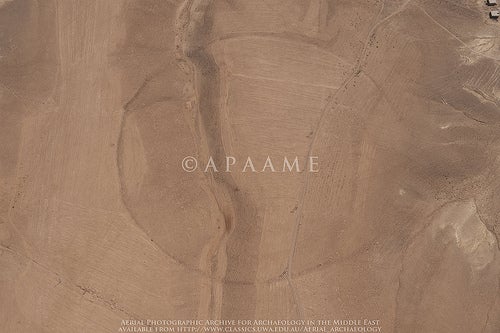Aerial images shed light on mysterious Middle East stone circles
Archaeologists begin to unravel the mysteries of the ancient 'Big Circles'

New aerial images are beginning to shed some light on the mystery surrounding large stone circles in the Middle East that have confounded archaeologists for decades.
The pictures, taken by the Aerial Photographic Archive for Archaeology in the Middle East (APAAME), show 11 ancient “Big Circles” each up to 400m in diameter in the desert landscape of Jordan.
Although they were first spotted by aircraft early last century, there has been very little focused research on the structures believed to date back at least 2,000 years.
Speaking to Live Science, researcher David Kennedy said their similarity was “too close to be a coincidence” however they’re actual purpose remains unknown.
It is hoped analysis of these new images, released on Friday, could help to reveal the reason behind their design and creation.
Each circle was built with a low stone wall just a few feet high. They originally contained no openings so people would have had to jump the wall to enter inside.
Archaeologists have already ruled out their use as a corral to fence in herds of animals because of their low walls.
“The circles would not have been hard to build,” according to Mr Kennedy, co-director of APAAME. “They were constructed mainly with local rocks, and a dozen people working hard could potentially complete a big circle in a week.”
He said the larger ones would have required at least one “architect” who might have tied a long rope to a post and walked in a circle, marking the ground as they went.
This method, he added, would explain the glitches in the circles where the land was uneven.
Although analysis of the aerial images will help archaeologists to better understand the Big Circles, Mr Kennedy said on-site excavations were needed in order to finally solve the mystery.
Join our commenting forum
Join thought-provoking conversations, follow other Independent readers and see their replies
Comments